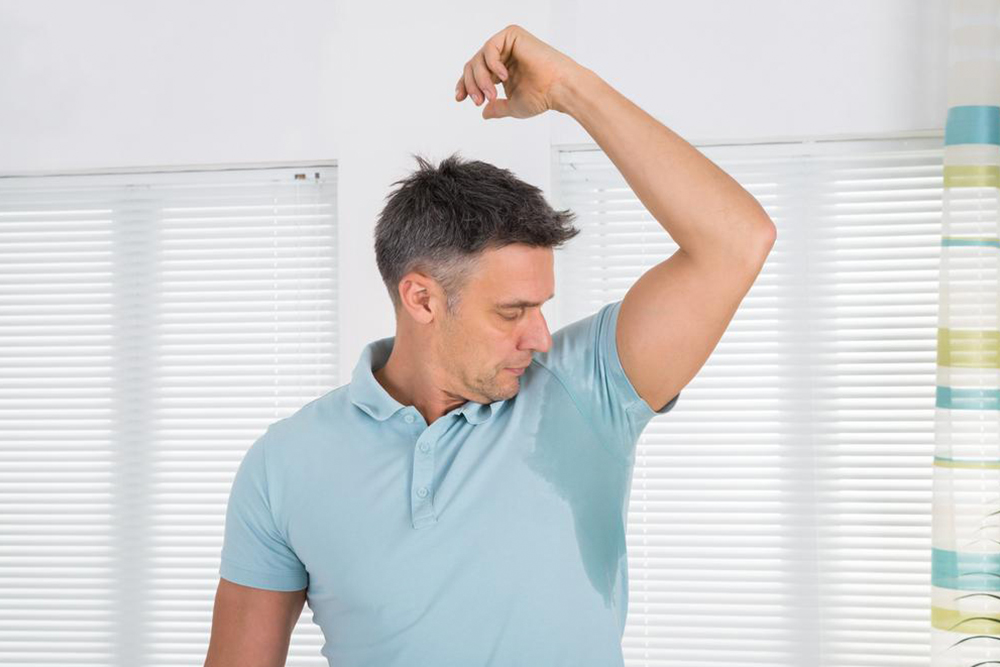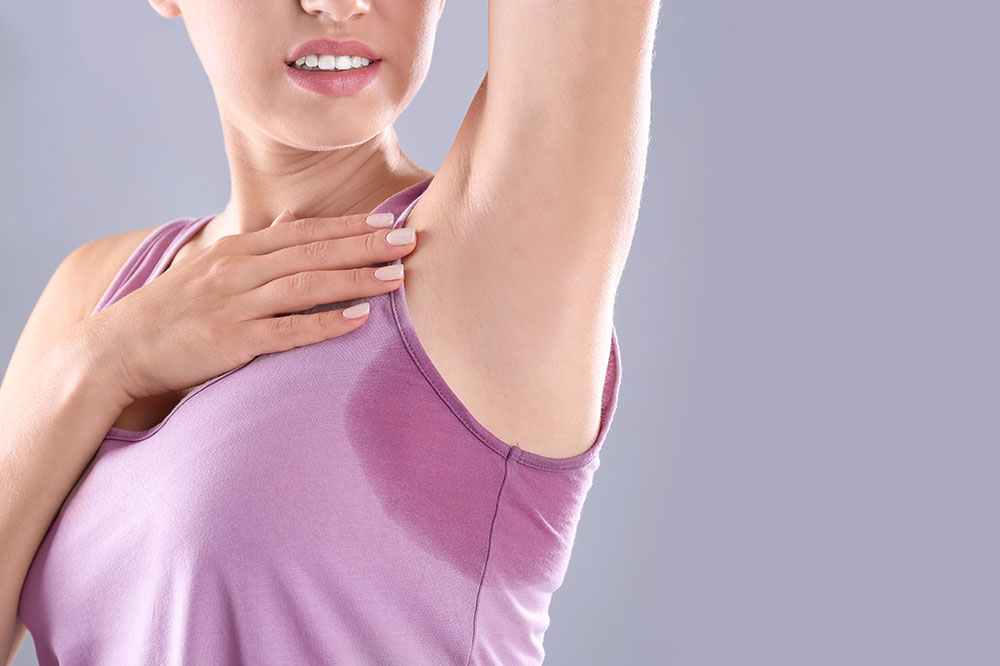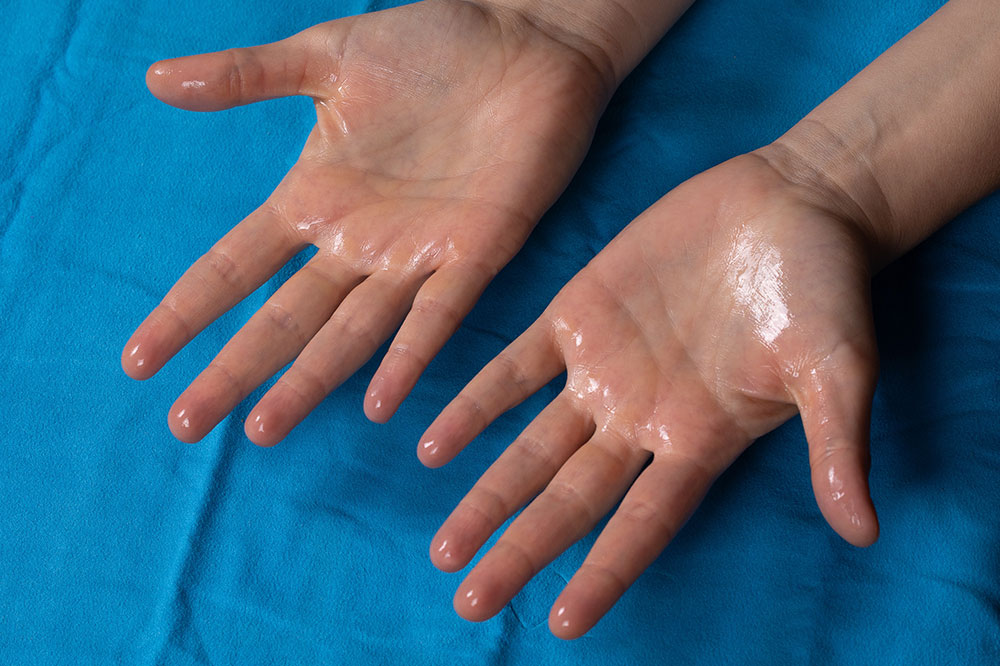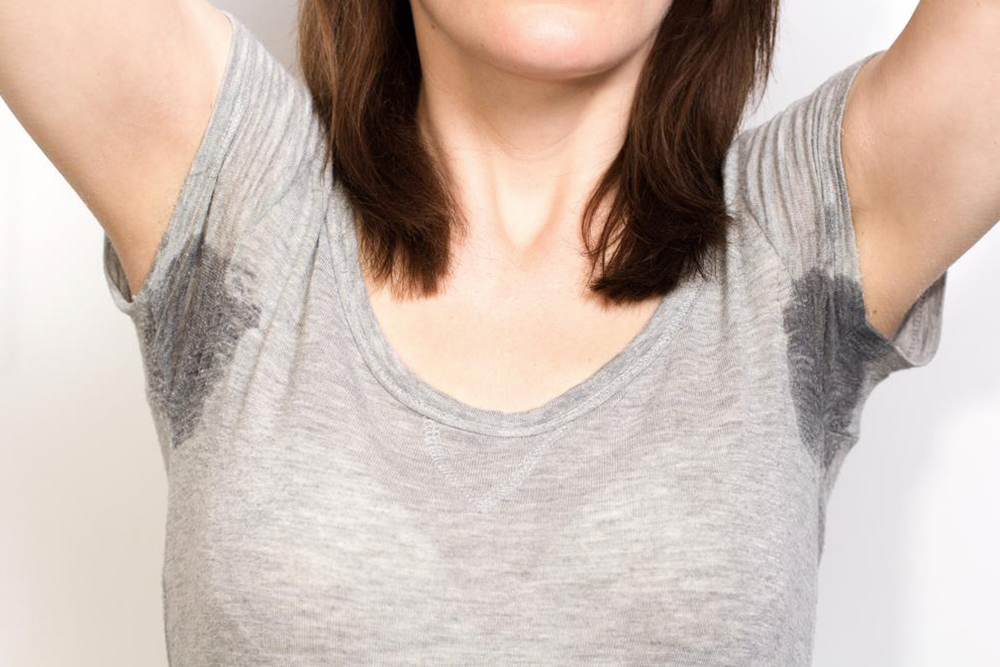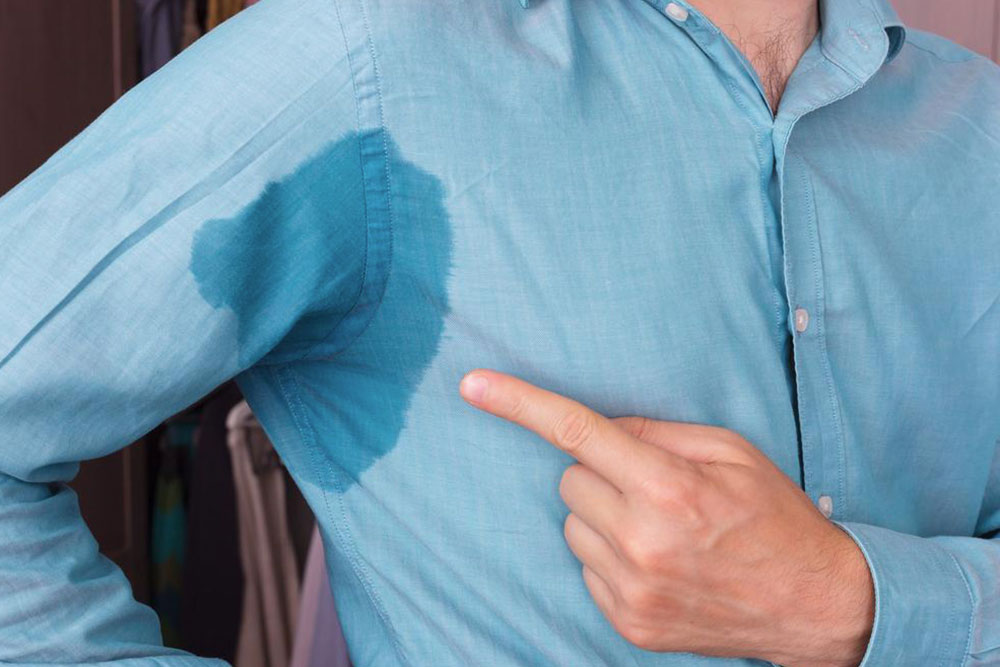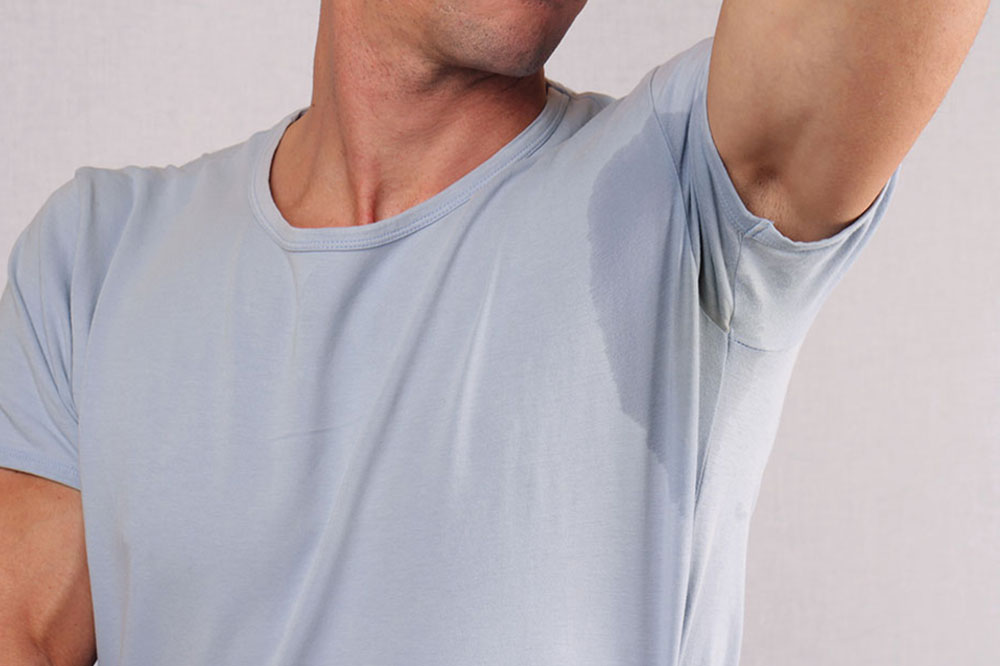Effective Treatments for Excessive Sweating (Hyperhidrosis)
Discover the most effective treatments for hyperhidrosis, including natural remedies, topical options, and surgical procedures. Learn how to manage excessive sweating and improve your quality of life through tailored medical options and expert advice. Consult your healthcare provider for personalized treatment plans to address hyperhidrosis symptoms effectively.
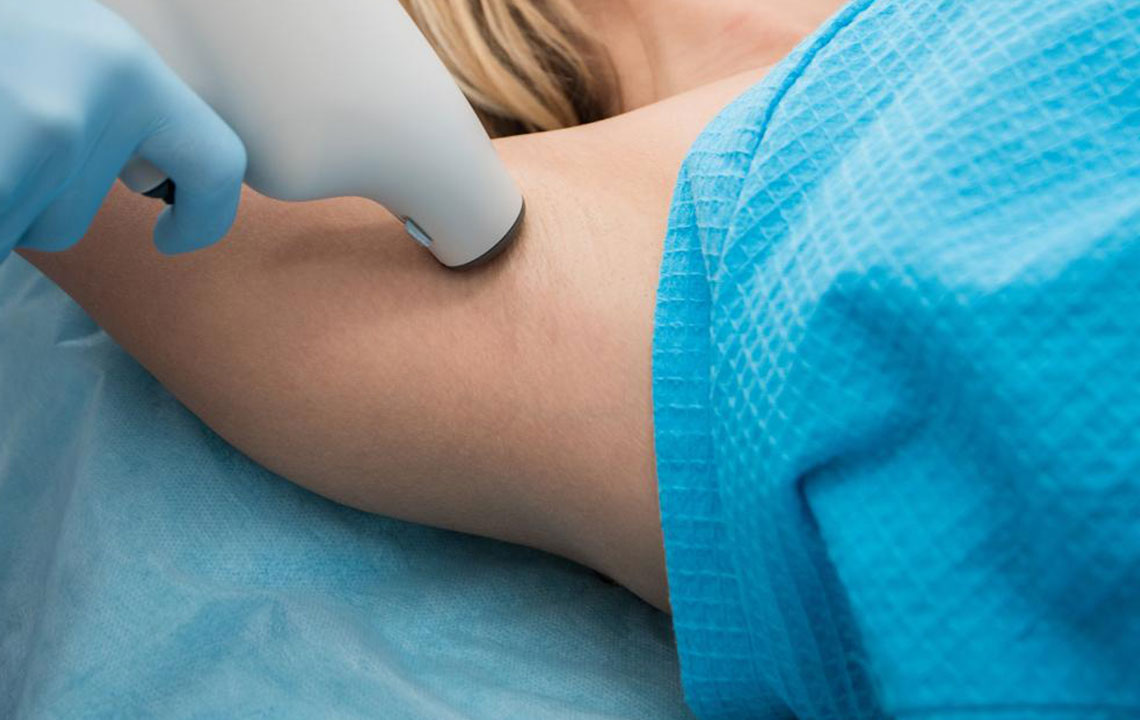
Effective Treatments for Excessive Sweating (Hyperhidrosis)
Hyperhidrosis, a condition characterized by abnormal sweating of areas such as the palms, feet, and underarms, can significantly impact daily life. When localized to specific parts, it's called Focal Hyperhidrosis; widespread sweating affects large body areas, known as Generalized Hyperhidrosis. Those with extensive sweating should seek medical advice to determine suitable therapies. Though not life-threatening, hyperhidrosis can cause social embarrassment, leading to avoidance of handshakes, social events, and romantic pursuits.
In severe cases, frequent clothing changes may be necessary to minimize bacterial buildup. Since severity varies, initial attempts with natural remedies like deodorants, antiperspirants, or powders are advisable before opting for invasive medical procedures. Below are various current options designed to manage excessive sweating effectively.
Antiperspirants: Over-the-counter and prescription antiperspirants use aluminum salts to block sweat glands, reducing perspiration. They are effective for mild cases and can be applied to different body parts to keep you dry and odor-free.
Oral Medications: Doctors may prescribe anticholinergic drugs for temporary relief. These medications decrease sweat production but can have side effects, making them unsuitable for long-term use.
Iontophoresis: This procedure involves immersing hands or feet in water while a mild electric current inhibits sweat gland activity. It requires multiple sessions and isn't recommended for individuals with heart conditions or epilepsy.
Botox Injections: Botox, a well-known wrinkle treatment, also effectively reduces sweating by blocking nerve signals to sweat glands. Multiple injections in targeted areas like palms, soles, and underarms yield promising results.
MiraDry System: A non-invasive technique that uses electromagnetic energy to eliminate sweat and odor glands in the underarm area. It's a surgical-free option but limited to axillary regions.
Laser Therapy: Targeted laser beams destroy sweat glands beneath the skin, suitable for mild to severe hyperhidrosis. This minimally invasive treatment offers lasting results.
Endoscopic Thoracic Sympathectomy (ETS): A surgical intervention for severe cases, where nerves controlling sweat production are cut or clamped. While effective, it may cause compensatory sweating elsewhere.
Localized Surgical Options: Focused surgeries target specific body areas affected by hyperhidrosis, usually preferred for focal cases due to lower risk.
If you are experiencing excessive sweating, consult a healthcare professional to identify the most appropriate treatment plan suited to your condition. Various therapies are available, ranging from natural remedies to advanced medical procedures.
Note:
This blog offers valuable information across multiple health topics. While the content is based on research and expert insights, it should not replace professional medical advice. Always consult a healthcare provider for diagnosis and personalized treatment options. The site is not responsible for data discrepancies or unlisted offers that could benefit your health management.

